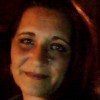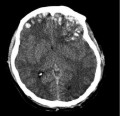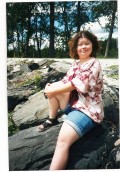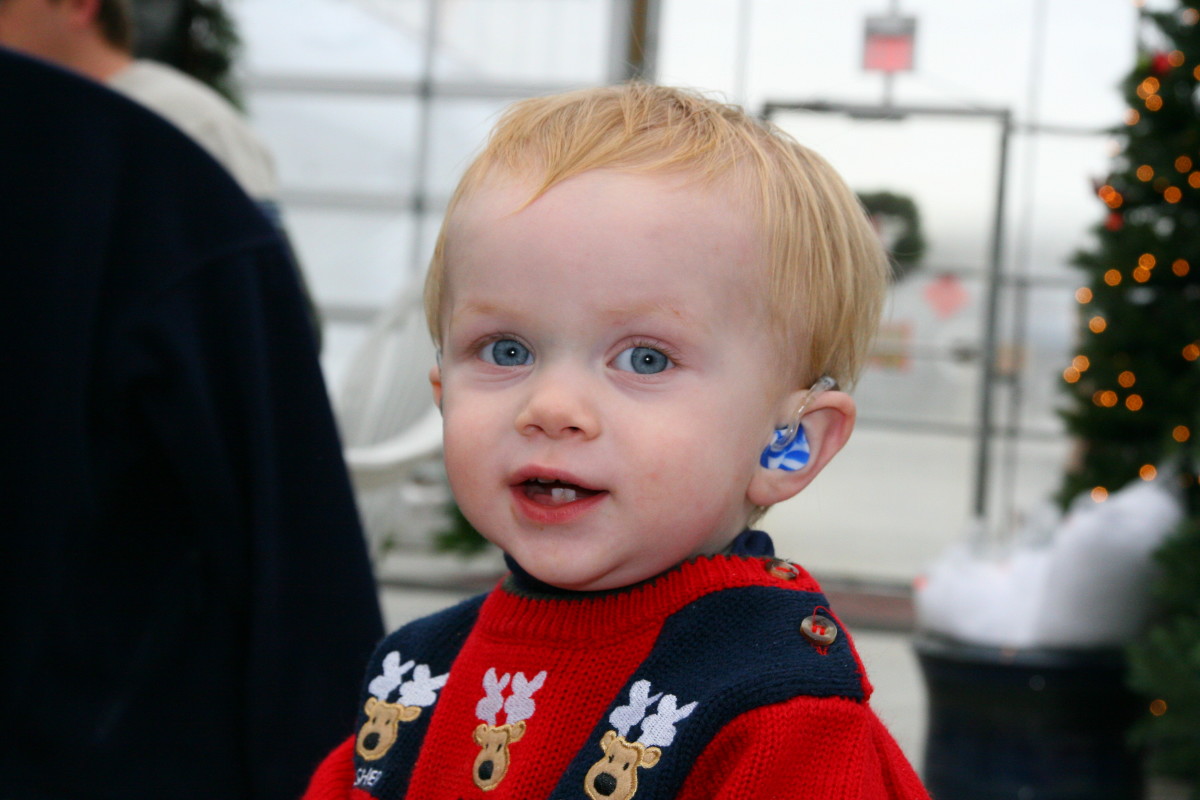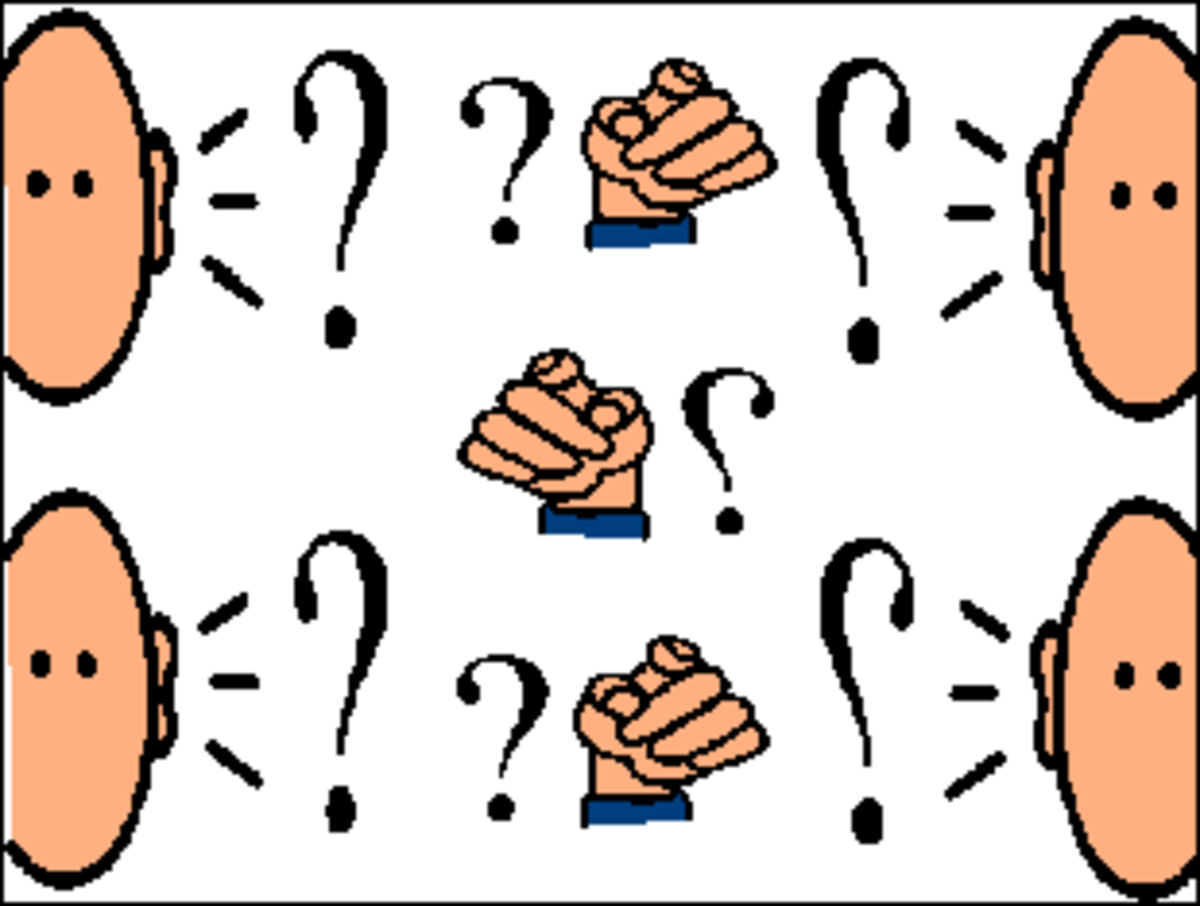Shaken Baby Syndrome - Manmade Myth
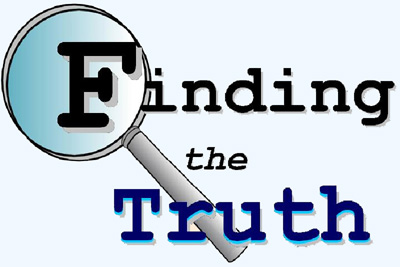
Recent medical research has cast a shadow of doubt that is fast becoming a blanket of darkness over the question of whether Shaken Baby Syndrome is a reality or a dangerous synonym for “I don't know what killed your baby”. As technology continues to advance and the numbers of parents and caregivers claiming to be innocent of the accused crime climbs, questions are being asked about the legality of allowing old assumptions based on opinion to provide the guidelines in judging such cases.
In 1946, John Caffey was a pediatrics radiologist who reported four cases of children with broken bones and subdural hematomas ( blood trapped under the outermost brain membrane). Believing there might be a connection, he was later to suggest both had occurred as a result of being shaken. No autopsies were performed and there was no information indicating whether any had received a blunt trauma to the head, accidentally or otherwise.
Because Caffey was looking to validate the respectability of his field, he was very excited about the 1956 case of Virginia Jaspers, a pediatric nurse working in the private homes of families with newborns. In 1948, eleven week old Cynthia Hubbard died of what was thought to have been a congenital brain condition, though some of her doctors thought there was more to her death.
Two years later, three month old Jennifer Malkan's death was attributed to choking on formula with cereal added. Jaspers vehemently denied doing anything harmful and had, in fact, attempted to save her by shaking her to get a “bubble” up.
The following year, two month old Bruce Schaefer's leg was broken. Though the case was investigated, it went nowhere. Yet another year later, another child under Jasper's care was brought into the hospital. Twelve day old Abbe Kapsinow was in a coma and died several days later. Jaspers admitted to shaking Abbe because she was refusing to take her formula. Abbe was the daughter of an ex-Connecticut State senator who maintained many political ties. This time, an extensive investigation was initiated and Virginia's background examined. Within four days of intensive questioning, Jaspers broke down and confessed to her crimes.
So began the diagnosis called Shaken Baby Syndrome, though whether it was possible to harm the babies by shaking alone, was never questioned. By 1962, Jaspers's confession led another physician to announce that any baby presenting with subdural hematomas and retinal hemorrhages had been abused by shaking. C. Henry Kempe wrote an article for the Journal of American Medicine Association in which he urged all doctors to promote the diagnosis of a shaken baby if subdural hematomas, retinal hemorrhages, and broken bones were to be found on an injured infant. Caffey originally named the syndrome as Parent-Infant Traumatic Stress Syndrome (PITS), but Kempe called it “The Battered Child Syndrome.” There was never any question that parents and caregivers were inflicting the injuries. No thought was put on whether the injuries may have been caused by short falls, accidents, or birth injuries. Once the group of injuries were discovered in a child brought in for medical treatment, no further examination was done.
For more than a hundred years, reports had been made regarding childhood injuries sustained from short falls. Neurosurgical literature recorded cases where subdural hematomas, retinal hemorrhages, and skull fractures had resulted from short falls. Despite this evidence to the contrary, Kempe maintained that if medical findings were in conflict of historical data presented by the parents, then the parents were lying. He maintained that this type of conflict was a major feature in the battered child syndrome, though his claims were false, given that he had done no research concerning the amount of impact which would be necessary to cause the injuries presented.
The problem with the theory that a baby's brain can suffer severe damage as the result of shaking is that it was arrived at by making a judgment based solely on circumstantial evidence rather than testing. Other opinions have provided confirmation of the theory by more of the same type of reasoning, yet nowhere in the early written annals of the hypothesis can conclusions be found as a result of reliable and accurate testing. Simply put, physicians are referring to the symptoms in order to determine the cause.
With Shaken Baby Syndrome, it is supposed that the rapid forward and backward snapping of an infant's head during a violent shaking episode is what causes injury to the brain and retinal hemorrhaging. However, in 1982, Lawrence Thibault (a biomechanician) and Tom Gennarelli (neurosurgeon) showed that brain injury is more easily caused by a side-to-side motion like the pendulum on a grandfather clock. In addition, they also conducted studies which gave proof that shaking alone without impact can not cause brain injuries in normal infants. Using Penn State football players, they had them shake a baby model as hard and fast as they were capable, only to discover that none of them could generate more than 18% of the force necessary to cause injury. These same athletes were asked to slam the model down on three different surfaces and found that only by slamming it on a hard metal surface was enough force generated.
In 1987, Ann-Christine Duhaime conducted tests which proved that shaking by itself can not cause fatal brain injury. Two British neuropathologists conducted a study in 2001, of children who had actually been shaken. Their study gave evidence that when shaken, there was a high association with brain stem injury and/or upper cervical spine injury. In other words, should a baby be violently shaken, one should expect to also find brain stem or upper cervical spine injury. The final analysis is simply that if an injured baby presents with intracranial and/or intercerebral injury and retinal hemorrhages, then stem and cervical spine injuries should also be found if, indeed, the baby has been shaken. Otherwise, one must assume another cause is at fault for the injuries. A study completed in 2003 by C. Z. Cory and M. D. Jones confirmed the findings of Duhaime, but concluded that impacting a hard surface was likely to cause an injury.
The evidence of these studies shows that shaking alone can not cause injury to a baby's head. It shows that short falls can and sometimes do cause fatality. It shows that there are many, many other causes for the symptoms currently associated with SBS, but they are being ignored, while other, potentially injurious causes are not being researched.
So why with all this new information are parents and caregivers still being charged and convicted based on old and unreliable information? Why would both the justice system and medical profession not act quickly to put an end to taking the risk of incarcerating innocent people for crimes they didn't commit?
Money plays a large role in the why's and wherefore's. As sinister as it may sound, money is probably the major factor of why the term Shaken Baby Syndrome and all that it implies isn't removed from the arena of admissible evidence when determining whether a crime has been committed. Federal and state governments, as well as private foundations, pump billions of dollars into programs designed for the recognition and prevention of Shaken Baby Syndrome. A multitude of physicians, pathologists, and neurologists have turned their “knowledge” into very lucrative side careers giving testimony as expert witnesses, in addition to publishing their theories, being engaged as speakers at public events, and receiving grants to further the effort of prevention.
Unless one works in the legal system, most people aren't aware of the vast sums an expert witness can charge for his/her services. While the average witness giving testimony may not charge for the testimony given, they may be able to be reimbursed for expenses such as parking, travel, and in some states an amount is allotted for missed work. However, as an expert witness, thousands of dollars per hour can be earned. The idea is that there is much time, beyond the actual time to give testimony, that is required for preparation such as research and possibly conducting tests or experiments. Concerns with these kinds of paid witnesses are quite simply that the witness may slant his testimony in favor of the party paying his bill. When an average citizen with an average income is faced with the odds of having to defend himself against the power and purse of the system, it becomes almost impossible to prove innocence. After all, the diagnosis itself has already condemned the accused
Besides the vast amount of money at stake for “experts” and programs receiving funding, there would be what some might consider a loss of face. Consider the “expert” who is highly regarded and respected for his immense “knowledge” and “expertise” on the subject of Shaken Baby Syndrome. Should the newly discovered findings and research be upheld as true and accurate, the current beliefs and understandings of the syndrome would become worthless and unacceptable, rendering the “experts” to be not so expert at all, and lessening their standings in the medical ranks.
More From Terri Meredith
- Are We Multi-tasking Our Children Into Attention Deficit Disorder?
Recent studies have indicated that the ability to multi-task is nothing more than a myth. Moreover, it causes low levels of productivity and may be rewiring our brains to process information differently, not allowing for focused critical thinking. Is - Trying Juveniles As Adults Is An Oxymoron
There are currently 2,574 children under the age of 18 serving life sentences without parole. Studies give evidence that incarceration of juveniles in adult prisons is detrimental to their health as well as to society. This article explores the dis - Is Your Child Depressed?
When speaking of depression, one immediately associates the mental state with people of adult age. The truth is that depression can strike at any age. Children and teens are no less likely to experience... - When To Screen Your Child For Autism
The Center for Disease Control estimates that 10-20 out of every 10,000 people are affected by Autism, averaging 1 in 110 children, and the numbers are rising. Autism is considered to be the fastest...
Though they have been a long time in coming, changes in the accepted beliefs regarding Shaken Baby Syndrome are taking place. Audrey Edmunds was convicted in 1997 of a crime she has maintained she never committed. When one of the leading expert witnesses came across new evidence which suggested he may have been wrong about Audrey's case, an appeal was made for a new trial. Initially the judge denied the request, and another appeal was made. In 2008, the Court of Appeals granted the request and set Audrey free until the date was set, but the state eventually declined to retry her.
A New York Times magazine article published February 6, 2011 outlined the many concerns raised by the controversy over what's known as Shaken Baby Syndrome. Aside from the fact that many parents and other caregivers may already be imprisoned because of faulty pseudoscience, continuation of disregard for the possibility of other causes only serves to put children at risk. By not researching other possible causes of the symptoms, now thought to be wrong, we are risking the possible prevention of many children's deaths.
Any unexpected and unexplained death of a child will bring up emotions of anger, guilt, and the need to blame. However, if we continue to prosecute individuals with “evidence” based on junk science, we are even more guilty of crimes against children, in that we are failing to find the real culprits, which would inevitably save at least a few of them through preventative measures for medically based conditions.
If this issue is important to you, please pass on the information by clicking on the Tweet, Like, or +1 buttons provided at the top of the page. We can make a difference one click at a time!
